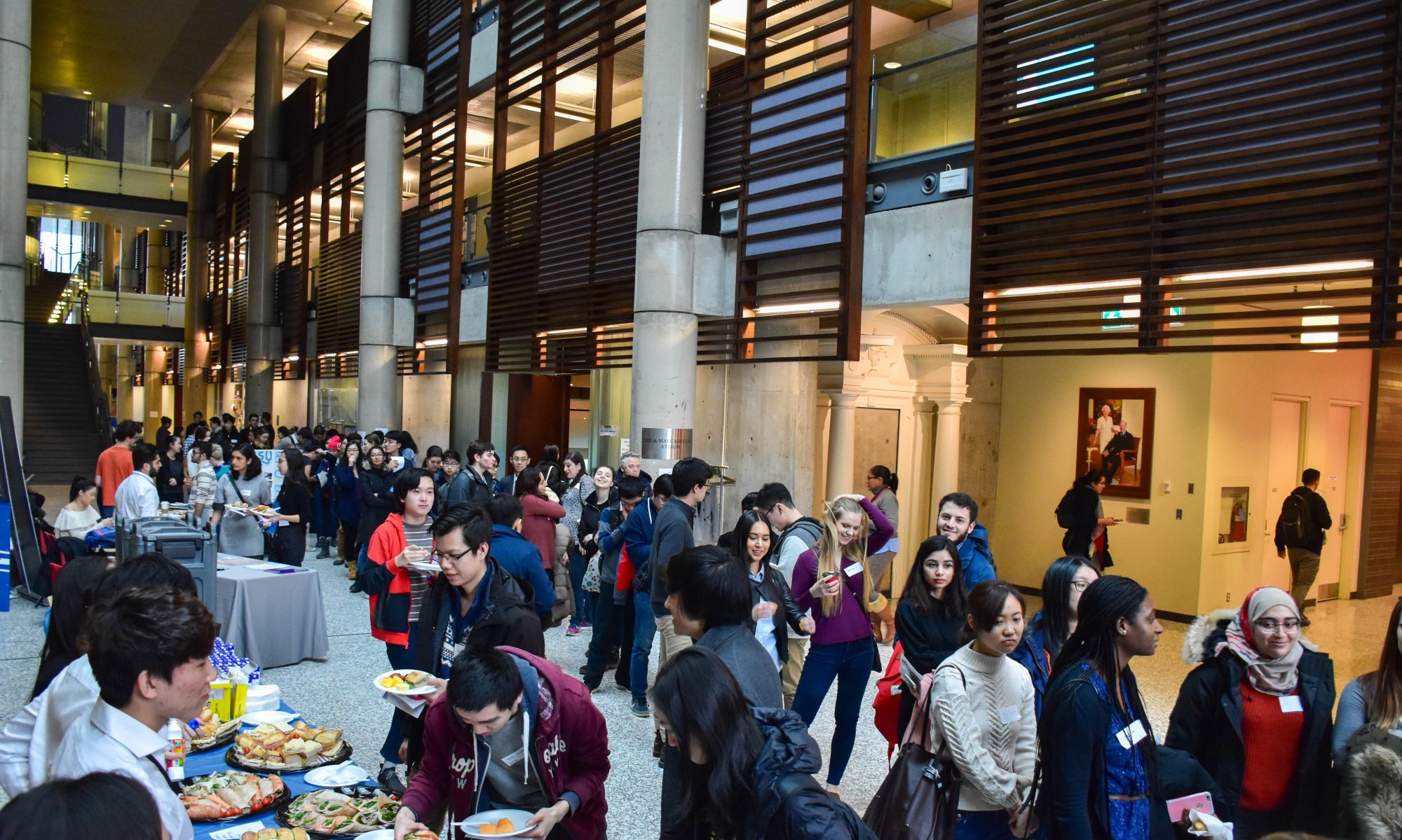Doxorubicin is a commonly used and effective chemotherapy agent in treating a wide range of cancers such as breast cancer; however, it can cause dose-dependent cardiotoxicity in some patients. There is currently no predictory test that can be done to predict which patients will likely develop cardiotoxicity.
Recently, in a paper published in Nature Medicine, researchers from Stanford and Northwestern generated patient-specific human induced pluripotent stem cell-derived cardiomyocytes from skin cells in breast cancer patients who had been treated with doxorubicin and assessed for the effects of doxorubicin at various concentrations on DNA damage, calcium handling, and oxidative stress. Cardiomyocytes derived from patients experienced cardiotoxicity were found to be more sensitive to doxorubicin induced toxicity than cardiomyocytes from patients who did not experience cardiotoxicity. Sensitive cells exhibited increased reactive oxygen species production and mitochondrial dysregulation. The researchers further studied the mechanisms of action of doxorubicin. By treating the cardiomyocytes a well-known antioxidant NAC, cardiotoxicity was significantly decreased in comparison to controls, confirming that ROS-based toxicity plays an important role in the viability of doxorubicin treated cells. This model provides a platform for the discovery of new doxorubicin induced cardiotoxicity cardioprotectants.
This study has important implications for treating cancer patients. If serious cardiotoxicity can be predicted, alternative treatments or lower doses can be provided whereas high doses for better improvement can be given to patients who are likely to be resistant to related toxicity.
Summary Courtesy of Jennifer Lu
References:
http://www.medicalnewstoday.com/articles/309302.php
Human induced pluripotent stem cell–derived cardiomyocytes recapitulate the predilection of breast cancer patients to doxorubicin-induced cardiotoxicity, Paul W Burridge et al., Nature Medicine, doi:10.1038/nm.4087, published online 18 April 2016.

